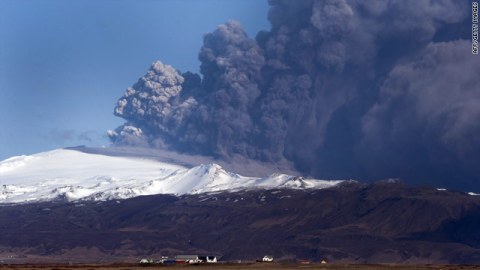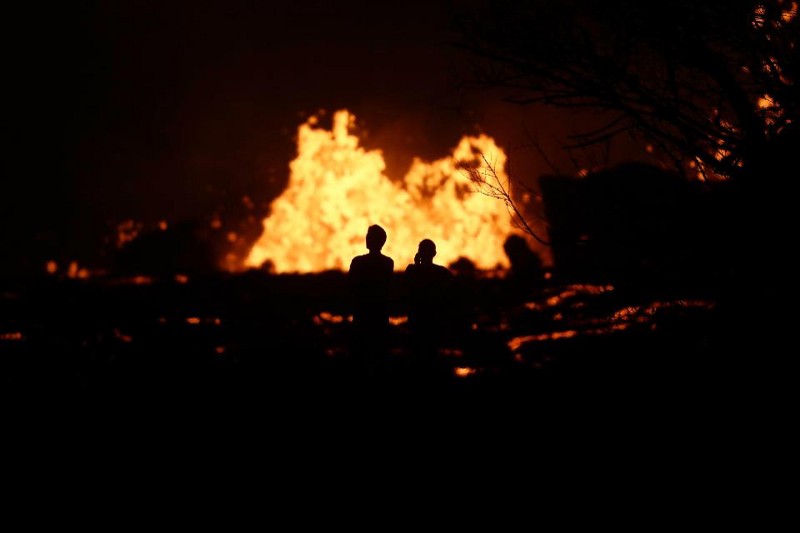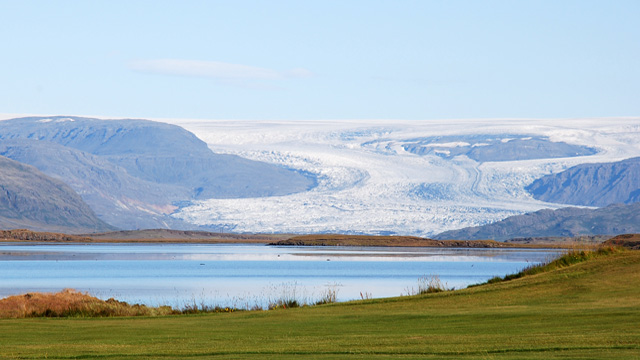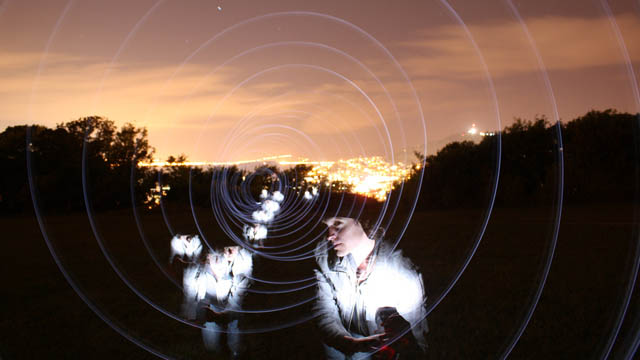Cool stuff from AGU 2010 Days 1 and 2: Eyjafjallajökull bonanza and submarine calderas

So, as usual, the annual AGU meeting has been incredibly busy. When I first started attending the meeting, I was able to go to lots of talks and posters and hopefully learn a lot about what people are doing in geology. These days, the meeting is getting subsumed with being a professional in the field – meetings, conferences, receptions ~ along with catching up with old friends and meeting new ones. This is not to say that the meeting is any better or worse than it was when I first started attending, but sometimes I do miss the ability to just go see the research.
However, all is not lost! I have seen/heard a lot of cool stuff and here are some highlights from Days 1 and 2 here at AGU 2010:
Intraoceanic felsic magma: I stopped in on a talk by Dr. Robert Stern – one of the gurus of the Izu-Bonin-Marianas (IBM) arc that Dr. Ed Kohut has written on here at Eruptions. Dr. Stern’s talk was all about the underappreciated felsic volcanic rocks in these intraoceanic volcanic arcs – and by that, he means places where subduction occurs far away from any continent and only involves relative thin (E. Diamante Seamount to describe these features. The coolest things about E. Diamante is that (a) it is a rhyolite/rhyodacite, so truly felsic magmatism and (b) has a 20 km-long sediment wave deposit associated with it that implies it once had a directed blast eruption, possibly similar to Mount St. Helens in 1980. The seamount has produced a deposit of felsic pyroclastic (explosive) material at least 200 meters thick and has a vigorous hydrothermal system on some resurgent dacite domes in the caldera itself – all in all, a fascinating look at a caldera we would never see if it wasn’t for all the seafloor mapping and ROV submersible work.
Eyjafjallajökull: I saw a number of talks about the brand new information on the spring-summer 2010 Eyjafjallajökull eruption. The first, by P. Einarsson was an overview of the Eyjafjallajökull area – nothing many of us haven’t heard before – but fascinating in how directly he connected Katla and Eyjafjallajökull, going as far as saying that Eyjafjallajökull is clearly a “trigger” for Katla. The mechanism for triggering Katla is unclear: it could be modifying the stress field in the Icelandic crust (allowing magma in Katla to move), direct magmatic intrusion under Katla from the Eyjafjallajökull system or possibly pressure correction from the mantle input of magma under Eyjafjallajökull. In fact, he connected the 1999 melting at Katla that didn’t release any magma at the surface with a simultaneous intrusion at depth under Eyjafjallajökull and he called Katla “long overdue” for an eruption ~ all surprising statements in my mind.
Some of the other Eyjafjallajökull talks detailed the evolution of the intrusions under the volcano, including discussion by S. Hjaltadottir of how the deep earthquakes swarms could be correlated with increased ash plume – where a deep swarm preceded the heightened plume by a few days. All of this suggests that basaltic magma was rising from the mantle source area quickly – at times at ~1.6 km/day and then are hints that it might be even faster. All in all, after the explosive eruption started, there appeared to be a continuous supply of magma from the mantle, 22 km below the volcano.
Finally on the Eyjafjallajökull front, O. Sigmarsson told us about how magmas mixed throughout the course of the eruption. It appears that the type of basalt that was coming into the system changed over time while the high silicic end member – likely the crystal mush within Eyjafjallajökull potentially left after the 1821-22 eruptions – stayed the same. The composition of the lava erupted suggest a process of dynamic, fast mixing and mingling. However, it looks like the eruption after because the basaltic input from the mantle began to decrease. This is seen in the composition of the lavas being erupted during the explosive phase, where the influence of the basalt goes down through time, so the thermal energy needed to keep the eruption going went with it.
And be sure to check out the bevy of abstracts for the Petrology/Volcanology “catch all” poster session where you can learn about Indonesia’s Marapi (not MErapi) and Ambang and sector collapses at Baru (plus a lot more).
There is a lot more meeting to go, so hopefully I’ll have another post to talk about more of the fascinating research here at AGU 2010 – but be sure to check out my Eruptions twitter feed to find out more (including my discovery of the “Pliny the Elder” beer).





